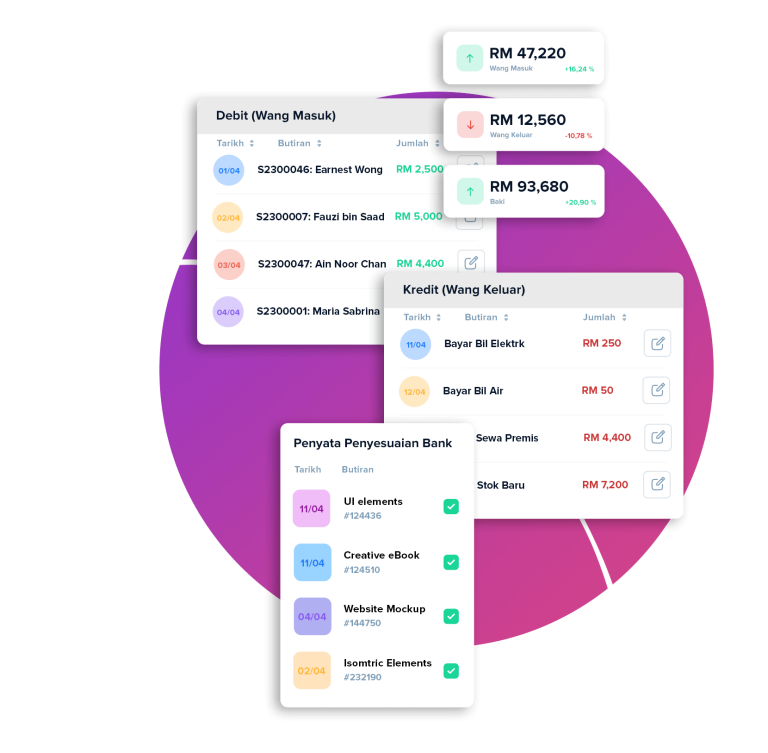Liquidity is a big deal in finance, but it’s something that a lot of small business owners don’t always fully get. Simply put, liquidity is all about how easily your business can turn stuff like inventory or equipment into cash to cover day-to-day expenses without throwing things off track.
Let’s say you own a retail store. You’ve got to cover daily costs like stock, rent, and wages. How liquid your business is will show whether you’ve got enough cash on hand to pay for these things as they come up – without any drama.
Liquidity isn’t just about making sure your business keeps running smoothly – it’s also your safety net when things go sideways. Here’s why it matters so much for small businesses:
1.1 Paying Daily Expenses
If cash flow isn’t looking good, your business might struggle to cover things like rent, wages, and utilities. Running out of cash can mess with your operations and lead to bigger issues down the line.
1.2 Handling Emergencies
Things don’t always go according to plan – equipment can break, sales might drop unexpectedly. Having enough cash to handle these bumps in the road without breaking a sweat is what liquidity is all about.
1.3 Avoiding Too Much Debt
When cash is tight, businesses often take out short-term loans or overdrafts to stay afloat. But piling up debt can hurt you in the long run – and that’s where liquidity can save you.

A few things can affect how liquid your business is:
Hard-to-Sell Assets:
If most of your business’s assets are hard to sell quickly, like heavy machinery or unsold stock, your liquidity will take a hit.
For example, a clothing store with a bunch of last season’s unsold stock might find it hard to convert those items into cash when they need it.
Poor Cash Flow Management:
If your cash flow’s all over the place, liquidity problems are right around the corner. For example, if you’re not following up on unpaid customer debts, it can leave you short on cash when you need to pay your own bills.
There are a couple of ways to check how liquid your business is:
3.1 Current Ratio: Can You Cover Short-Term Debts?
Formula: Current Ratio = Current Assets / Current Liabilities
Current ratio = RM 50,000 / RM 30,000
Current ratio = RM 1.67
Example: Let’s say you’ve got RM50,000 in assets and RM30,000 in liabilities. Your current ratio would be 1.67, meaning for every RM1 of debt, you’ve got RM1.67 in assets.
3.2Quick Ratio: Can You Cover Debts Without Using Inventory?
Formula: Quick Ratio = (Current Assets - Inventory) / Current Liabilities
Quick ratio = (RM 50,000 - RM 10,000) / RM 30,000
Quick ration = 1.33
Example: If you’ve got RM50,000 in assets, RM10,000 in inventory, and RM30,000 in liabilities, your quick ratio would be 1.33.

Want to improve your business’s liquidity? Here’s what you can do:
4.1 Cut Down on Credit Sales
Focus more on cash sales and reduce how much credit you’re giving out to customers. This way, you’ll get cash in quicker, and you won’t be chasing overdue payments as much.
4.2 Speed Up Debt Collection
We all know the struggle of waiting for customers to pay up. Speed up your debt collection process! Offer discounts for early payments or set up late fees to encourage quicker payments.
4.3 Trim Unnecessary Expenses
Look over your operating expenses and see where you can cut back. Maybe it’s switching to a cheaper utility provider or canceling some subscriptions you don’t need. Even small savings can make a big difference.
Some mistakes can seriously mess with your liquidity. Watch out for these:
1. Overlooking Small Costs
Small expenses – like transaction fees or daily operational costs – can pile up quickly and hurt your cash flow if you’re not paying attention.
2. Giving Too Much Credit
If you’re giving out too much credit, it can mess up your liquidity. When your customers’ debts pile up and they don’t pay on time, it becomes harder to keep things running smoothly.
The Problem:
Ali owns a small retail shop. He needs to pay for stock, wages, and rent each month. Even though his sales are steady, Ali often runs into cash shortages. Why? He’s giving too much credit to customers and has a lot of unsold stock sitting around.
The Solution:
To fix things, Ali starts offering discounts to customers who pay in cash and speeds up his debt collection process. He also gets smarter with his stock – only buying things that are selling well. This helps him get his liquidity back on track.
To draw in more customers, Ali could offer extra discounts for those who pay with cash or debit cards, boosting cash flow and making it easier to cover those short-term costs.
A lot of business owners think that if they’re making a profit, they don’t need to worry about cash flow. But liquidity and profit are two different things.
Even if your business is profitable, it doesn’t mean you’ve got enough cash to cover your day-to-day expenses. So it’s important to keep an eye on both liquidity and profit to make sure your business stays stable.
Liquidity is key to keeping your business running smoothly, especially for small businesses. By managing liquidity well, you’ll be ready to handle any financial bumps in the road and keep everything on track.



